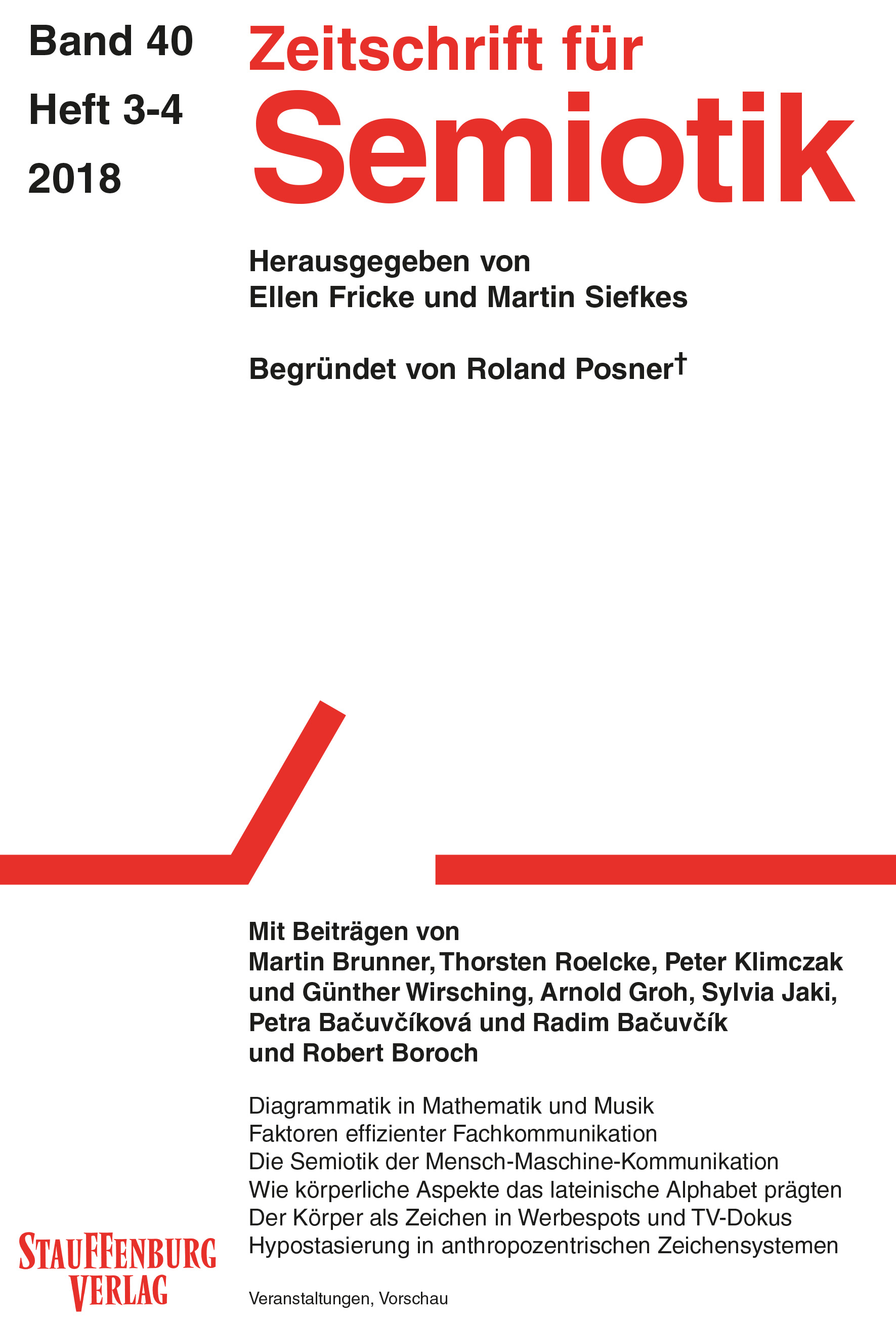Hypostatisation in expanded anthropocentric sign systems
DOI:
https://doi.org/10.14464/zsem.v40i3-4.705Keywords:
semiotic anthropology, hypostatisation, reism, symmetrical mass communication, information space, new media, aesthetic experience, semiotic aestheticsAbstract
This contribution presents considerations concerning hypostatisation from the perspective of semiotic anthropology. Hypostatisation, the process in which abstractions are regarded as material objects, is of far-ranging importance for human cultures and their development. The argumentation in this article is based on the assumption that all aspects of contemporary human social life are strongly rooted in the semiotic-semantic dimension, which should be understood holistically. New media, digital media, Internet, cyberspace – techniques of mass symmetrical communication – have created a particular interactive informational space in which information plays the most important role, influencing the shape of social life. The reasoning for the theory presented in this article is based on the modified assumptions of semiotic anthropology (Boroch 2018) originally proposed by Milton Singer (Singer 1978, 1984, 1985).
Downloads
Published
Issue
Section
License
Copyright (c) 2024 Robert Boroch

This work is licensed under a Creative Commons Attribution 4.0 International License.
Copyright for articles published in this journal is retained by the authors. The content is published under a Creative Commons Licence Attribution 4.0 International (CC BY 4.0). This permits use, distribution, and reproduction in any medium, provided the original work is properly cited, and is otherwise in compliance with the licence.


